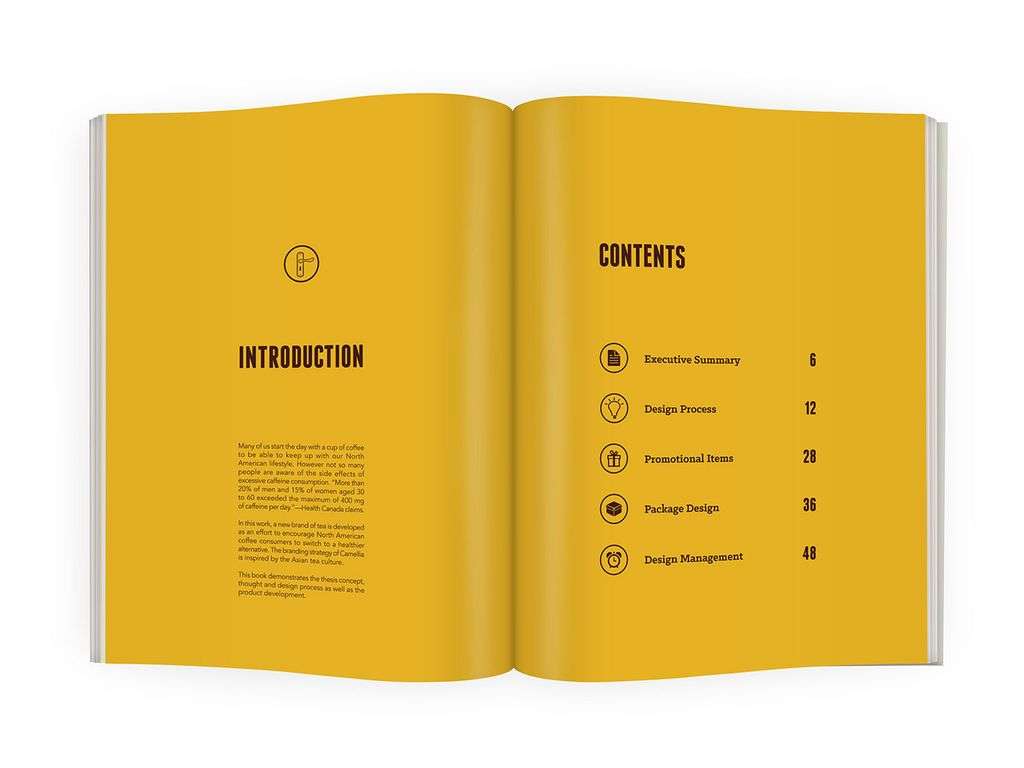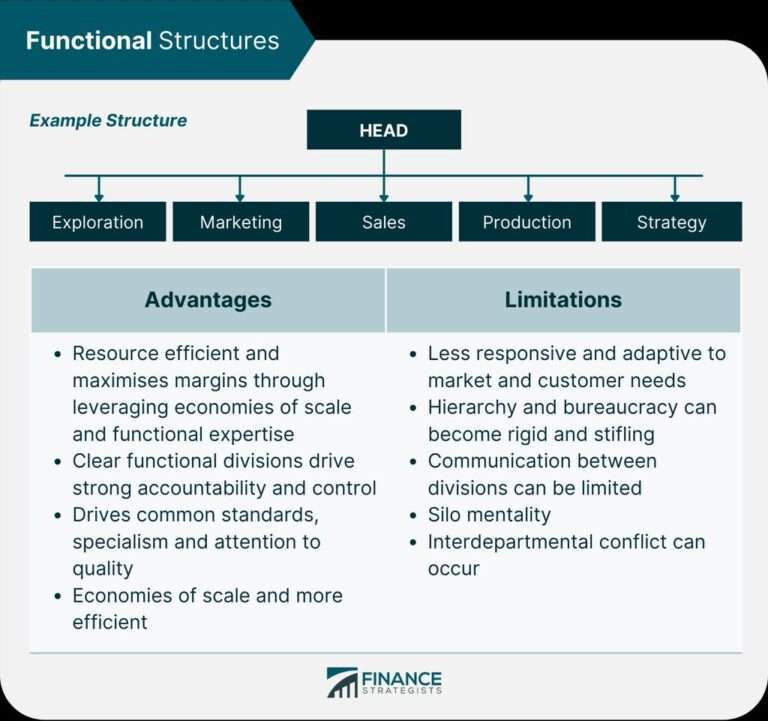What is Content Design?
Overview
What is Content Design?
Content design is the process of creating and structuring meaningful and engaging content that meets the needs of the target audience. It involves understanding the user’s context and goals, and using that knowledge to design content that is clear, concise, and accessible. Content designers collaborate with stakeholders, such as user experience designers and developers, to ensure that the content aligns with the overall user experience. They also use data and feedback to continuously improve and iterate on the content.
Why is Content Design Important?
Content design plays a crucial role in creating engaging and effective digital experiences. It focuses on crafting compelling content that meets the needs of the target audience. By considering user needs, content designers can ensure that the information provided is relevant, useful, and easy to understand. This helps in building trust with users and enhancing the overall user experience. Additionally, content design helps in communicating brand values and messages effectively, contributing to the success of a business. It also supports other aspects of digital design, such as visual design and interaction design, by providing the necessary content elements. Therefore, content design is an integral part of the content strategy and plays a vital role in creating successful digital products and services.
Skills Required for Content Design
To excel in content design, professionals need to possess a diverse set of skills. These skills include strong writing and editing abilities, knowledge of user experience principles, attention to detail, and collaboration and communication skills. Content designers should also be proficient in content management systems and have a good understanding of SEO best practices. Additionally, they should have the ability to think strategically and analyze data to make informed content decisions. By combining these skills, content designers can create engaging and impactful content that meets the needs of both users and businesses.
Content Strategy
Defining Content Strategy
A content strategy is a plan that outlines how content will be created, managed, and delivered to meet the needs of a specific audience. It involves defining the goals and objectives of the content, identifying the target audience, and determining the key messages and themes that will be conveyed. A content strategy also includes establishing guidelines for content creation, such as tone of voice, style, and format. By defining a content strategy, organizations can ensure that their content is aligned with their overall business objectives and effectively engages their target audience.
Creating a Content Strategy
Creating a content strategy is a crucial step in the content design process. It involves defining the goals, target audience, and key messages of the content. A well-defined content strategy helps ensure that the content is aligned with the overall business objectives and meets the needs of the users. It also involves determining the content channels and formats to be used, as well as creating an editorial calendar for content creation and distribution. Research and analysis play a vital role in creating an effective content strategy, as they provide insights into user preferences, competitors’ content, and industry trends. Regular evaluation and optimization of the content strategy are necessary to ensure its success.
Measuring the Success of Content Strategy
Measuring the success of a content strategy is crucial to determine its effectiveness and make informed decisions for future improvements. There are several key metrics that can be used to evaluate the performance of content, such as website traffic, engagement rates, and conversion rates. These metrics provide insights into how well the content is resonating with the target audience and driving desired actions. Additionally, qualitative feedback from users through surveys or user testing can provide valuable insights into the user experience and help identify areas for improvement. Regular monitoring and analysis of these metrics allow content designers to identify strengths, weaknesses, and opportunities for optimization, ensuring that the content strategy aligns with the overall goals of the organization.
User Experience
Understanding User Needs
When it comes to content design, understanding user needs is crucial. User research plays a vital role in identifying the target audience and their requirements. By conducting surveys, interviews, and usability testing, content designers can gain insights into what users are looking for and how they interact with the content. This information helps in creating user-centric content that meets their needs and expectations. Additionally, persona development can be used to create a user profile that represents the target audience, allowing content designers to tailor the content specifically to their preferences. By prioritizing user needs, content designers can ensure that the content is relevant, engaging, and valuable to the users.
Designing User-Centric Content
When it comes to designing user-centric content, it is important to consider the needs and preferences of the target audience. This involves conducting user research and gathering insights to understand their pain points and motivations. By creating content that is tailored to meet their specific needs, content designers can enhance the overall user experience. Additionally, user testing and iterative improvements play a crucial role in ensuring that the content is effective and engaging. By continuously refining the content based on user feedback, content designers can create a seamless and user-friendly experience.
Testing and Iterating Content
Testing and iterating content is a crucial step in the content design process. By conducting user testing, content designers can gather valuable feedback and insights on how users interact with the content. This feedback helps identify areas of improvement and allows designers to make necessary adjustments to enhance the user experience. Iterating content based on user feedback ensures that the final content meets user needs and expectations. Additionally, content designers can use A/B testing to compare different versions of content and determine which performs better. This iterative approach to content design ensures that the final content is optimized for user engagement and achieves its intended goals.
Conclusion
Summary of Content Design
Content design is a crucial aspect of creating effective and engaging digital experiences. It involves understanding user needs, designing user-centric content, and testing and iterating to ensure the content meets those needs. A successful content strategy is essential for guiding the creation and management of content. It involves defining the strategy, creating the content, and measuring its success. User experience plays a vital role in content design, as it focuses on delivering a seamless and intuitive experience for users. Future trends in content design include the use of AI and personalization to create more tailored and relevant content. In conclusion, content design is an interdisciplinary field that requires a combination of skills in writing, UX design, and data analysis to deliver impactful and user-centric content.
Future Trends in Content Design
As the field of content design continues to evolve, there are several future trends that are expected to shape the industry. One of the key trends is the increasing use of personalization in content design. With advancements in technology and data analytics, content designers are now able to create personalized experiences for users, tailoring content to their specific needs and preferences. Another trend is the growing importance of voice and conversational interfaces. As voice assistants and chatbots become more prevalent, content designers need to adapt their strategies to ensure that content is optimized for these platforms. Additionally, the rise of augmented reality (AR) and virtual reality (VR) is expected to have a significant impact on content design. With AR and VR, content designers have the opportunity to create immersive and interactive experiences for users. Overall, the future of content design is exciting and filled with possibilities.
Final Thoughts
In conclusion, content design plays a crucial role in creating a successful digital experience. By understanding user needs and designing user-centric content, content designers can effectively engage and communicate with their target audience. It is important for content designers to continuously test and iterate their content to ensure its effectiveness. As technology continues to evolve, future trends in content design will likely involve incorporating new mediums and formats, such as virtual reality and augmented reality. Overall, content design is an ever-evolving field that requires a combination of creativity, empathy, and strategic thinking.







